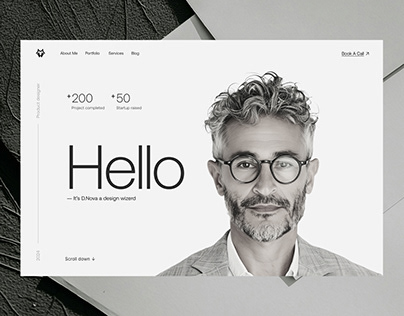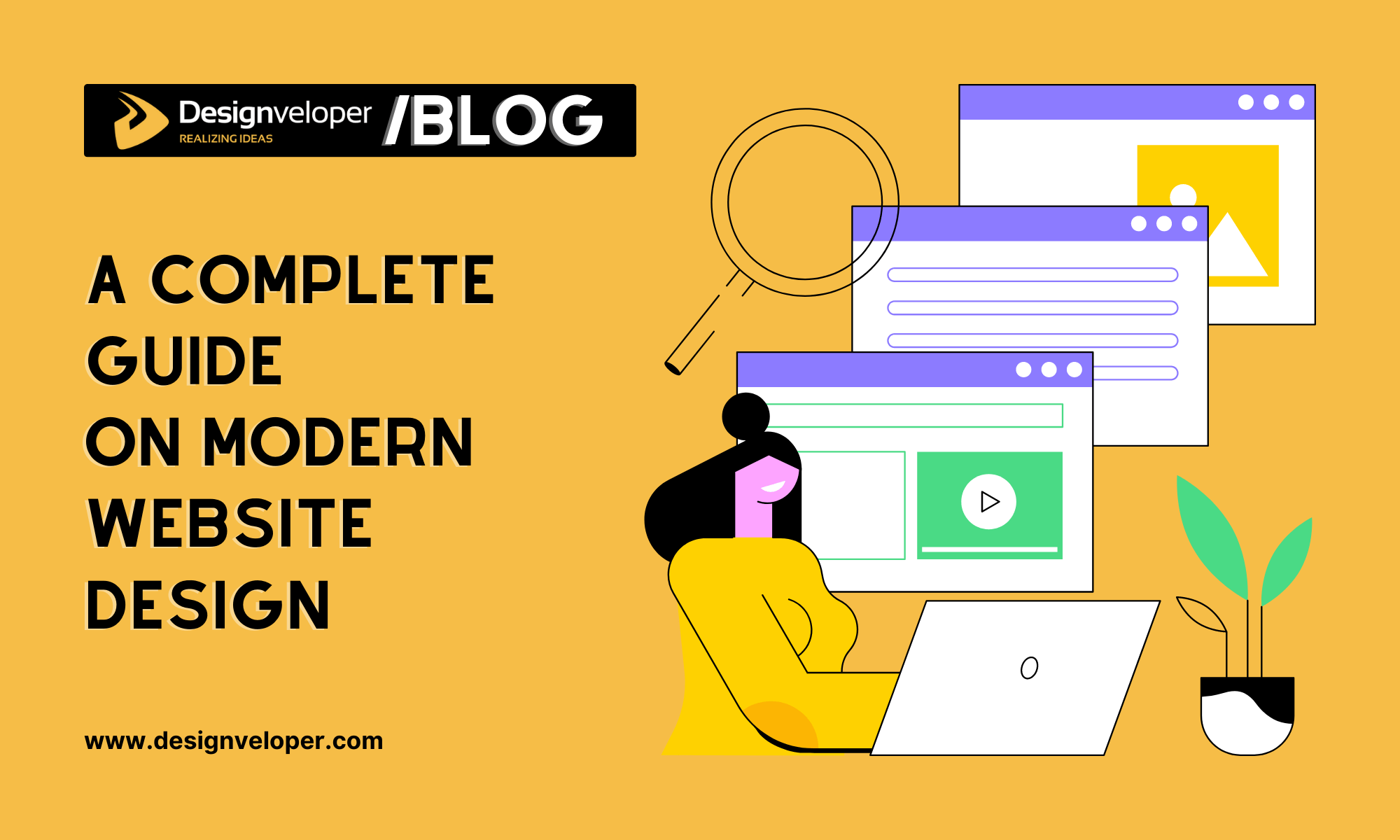Exploring the Latest Innovations in Website Design for Enhanced Functionality
Exploring the Latest Innovations in Website Design for Enhanced Functionality
Blog Article
Modern Website Design That Catches Attention and Converts
In an increasingly electronic landscape, modern-day web site layout has emerged as a pivotal aspect in capturing user attention and driving conversions. As we explore these essential parts, it becomes clear that recognizing their interplay can considerably impact a site's efficiency and customer contentment.
Value of Visual Pecking Order
Visual hierarchy is a critical aspect in site layout, as it guides users' interest and enhances their overall experience. By purposefully organizing web content, designers can guide customers to one of the most vital information initially, thereby enhancing engagement and improving usability. Effective visual power structure employs different methods, including size, comparison, shade, and spacing. Larger elements naturally draw the eye, while contrasting shades can highlight crucial messages, making them stick out among even more suppressed parts.
Integrating a sensible circulation in material setup is crucial; for example, putting the most critical details at the top of a page promotes prompt recognition. Furthermore, regular use typography, such as varying font sizes and styles, aids develop a clear web content structure. This company not only aids in navigating yet likewise constructs trust, as customers feel more comfy when they can quickly find what they are trying to find.
Eventually, a well-executed aesthetic hierarchy not only boosts visual charm yet likewise dramatically influences individual habits. By prioritizing important aspects and guaranteeing a seamless experience, designers can properly convert visitors right into consumers, enhancing the significance of this fundamental style principle in modern-day website advancement.
Responsive Design for All Instruments
Developing a seamless experience throughout different gadgets is crucial in today's electronic landscape, where individuals gain access to internet sites from desktops, smart devices, and tablet computers alike. Receptive style is an essential strategy that ensures web sites adapt fluidly to various display resolutions, positionings, and dimensions. By employing versatile grids, pictures, and CSS media inquiries, developers can develop formats that preserve visual stability and functionality, no matter of the tool being made use of.
The relevance of responsive style expands past looks; it directly influences customer involvement and conversion prices. A website that operates well on all tools motivates longer gos to and lowers bounce prices, as users are more probable to interact with content that is simple to browse. In addition, internet search engine, particularly Google, prioritize mobile-friendly websites in their positions, making receptive style a crucial component of search engine optimization (SEARCH ENGINE OPTIMIZATION)
Incorporating responsive layout not just improves user experience however likewise enhances the development process. By developing a single site that functions throughout devices, companies can conserve time and resources contrasted to developing different mobile and desktop computer variations. Ultimately, responsive design is an essential method for contemporary web site style, making sure access and complete satisfaction for all users, no matter their device.
Engaging Interactive Aspects
While a receptive design lays the foundation for a useful website, including interesting interactive components is crucial for recording customer focus and fostering much deeper connections. see this page Website Design. Interactive elements, such as computer animations, quizzes, and clickable infographics, develop a more vibrant customer experience, urging visitors to spend even more time on the website
Incorporating interactive features can additionally guide users with complex info, making it less complicated to digest material. As an example, interactive sliders can highlight product variations, while embedded video clips can give presentations or testimonials that reverberate more than static pictures or message. In addition, gamification methods, like incentives for finishing jobs or involving with content, can improve user inspiration and retention.
Effective use of interactive components not just enhances the user experience but can additionally lead to higher conversion prices. It is vital to balance interactivity with efficiency; excessively complex functions may prevent website speed, negatively affecting customer complete satisfaction.
Structured Navigation Practices
Effective navigating is a keystone of any kind of successful web site, as it directly affects user experience and web content access. Streamlined navigation methods ensure that customers can quickly find information, boosting their interaction with the site. A well-structured navigating menu need to be intuitive and straightforward, generally including a minimal number of main categories to avoid overwhelming visitors.
To achieve streamlined navigation, developers should prioritize a hierarchical structure that practically organizes material. Executing breadcrumb tracks can offer users with context regarding their current area within the site, permitting for seamless backtracking. In addition, making use of drop-down menus can efficiently preserve area while still providing accessibility to subcategories.
Responsive style is essential, as navigating needs to be useful throughout all tools (Website Design). Mobile individuals, in particular, take advantage of touch-friendly menus and collapsible areas that keep use without jeopardizing appearances

Effective Call-to-Action Techniques
A well-crafted call-to-action click here for info (CTA) is vital for assisting individuals towards desired end results on a website, as it urges them to engage with content or purchase. To maximize their effectiveness, CTAs must be clear, engaging, and tactically positioned throughout the site.
First, make use of action-oriented language that communicates necessity or value, such as "Begin," "Sign up with Now," or "Insurance claim Your Discount." This language not only motivates individuals but additionally sets clear assumptions concerning the following actions.
2nd, consider style elements; CTAs must stand apart visually through contrasting shades, adequate whitespace, and famous positioning. A button that is easy to see and click boosts the likelihood of customer interaction.
Furthermore, individualizing CTAs based upon user habits or demographics can considerably boost engagement. Tailored messages resonate much more with users, driving higher conversion rates.

Final Thought
These components go to the website collectively improve individual experience, making sure that site visitors stay involved and inspired to discover web content better. By prioritizing these style principles, companies can dramatically improve customer retention and conversion rates, inevitably leading to greater success in the digital landscape.
In a significantly electronic landscape, modern-day web site design has actually emerged as a crucial element in catching individual interest and driving conversions.Aesthetic pecking order is a crucial component in website design, as it overviews customers' attention and boosts their total experience.The importance of receptive design extends past aesthetics; it directly impacts individual interaction and conversion prices.Integrating responsive design not just boosts user experience but additionally simplifies the growth process. Ultimately, responsive design is an essential strategy for contemporary internet site layout, ensuring access and complete satisfaction for all customers, no matter of their tool.
Report this page